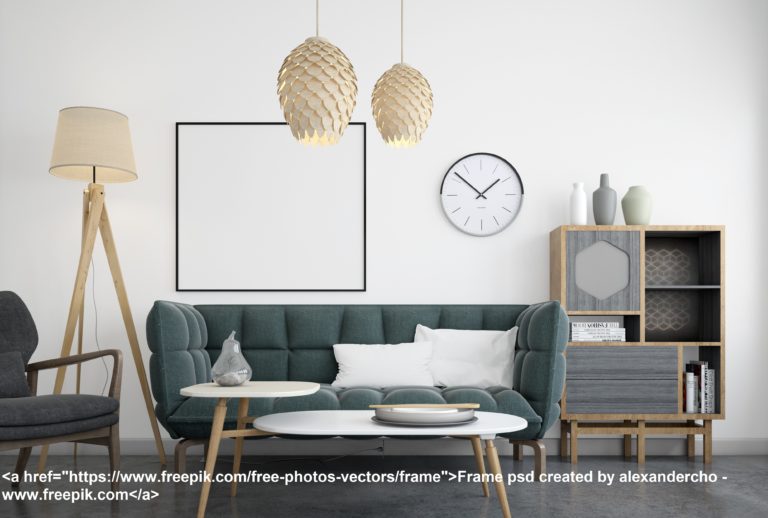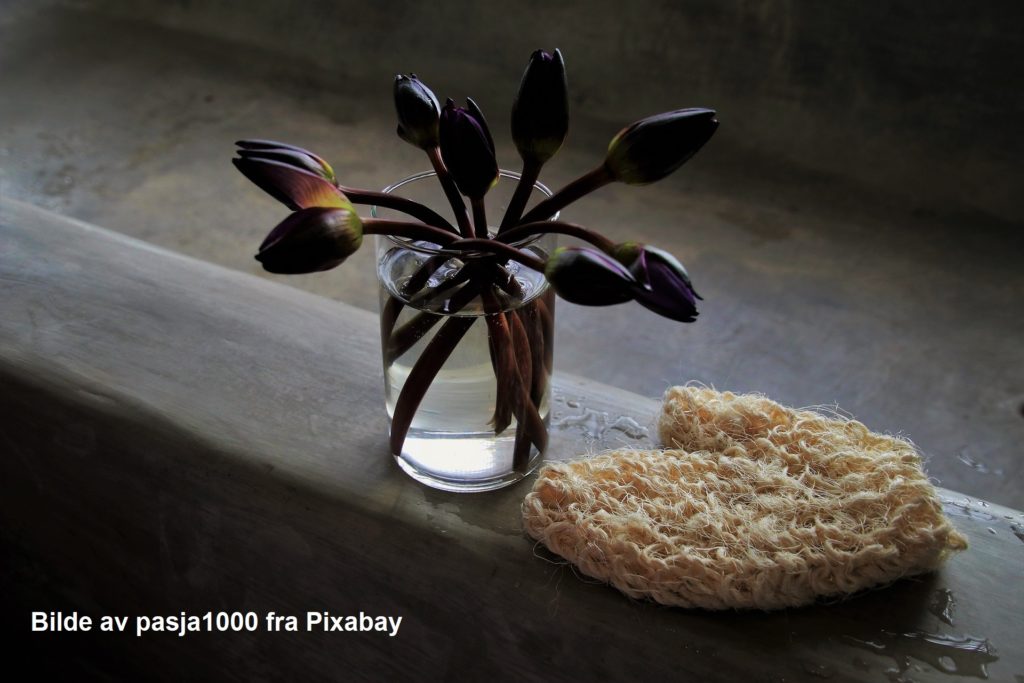Gulv Redning AS / Betongsliping / mikrosement
Betonggulv gjør hvert rom kjøligere
Concrete floor makes every room cooler
Though concrete floors may be associated with cold, industrial spaces (or at their worst, creepy warehouse storage units). In fact, concrete floors can be surprisingly homey, inviting, and warm, all the while offering an edgy twang and modern grit that makes them undeniably cool. Best, they’re incredibly durable and super easy to clean.

Polished concrete is fast becoming the ultimate no-wax flooring material. With the proper floor polishing equipment and experience, contractors can grind concrete floor surfaces, whether new or old, to a high-gloss finish that never needs waxes or coatings. Factor in the superior durability and performance of concrete, and it’s no wonder why more retail, commercial warehouse and office facilities, and even homeowners are catching on to the appeal of these smooth, high-luster floors.
PROS
High Durability.
Polished concrete flooring is extremely strong and resilient and is able to withstand the pressure from very heavy foot traffic and equipment. It is very difficult to damage and is nearly impossible to chip or scratch.
Life-Span.
A properly installed, sealed and maintained polished concrete floor can be expected to last a hundred years or more in even the harshest commercial environments. Its life-span will also far surpass that of other floor coverings, such as carpeting, vinyl tile and wood laminates. That means in the long run you can save money because you’ll never need to remove and replace worn or damaged flooring.
Easy to Maintain.
Polished concrete flooring is relatively easy to maintain. You just have to dust mop or broom sweep daily to prevent dirt accumulation. You should also damp mop it weekly to remove smudging, scuffs, and water marks, and restore gloss. Depending on your polished concrete floor finish, you may have additional maintenance requirements.
Sanitary.
Properly finished and sealed concrete can be virtually resistant to fluids, especially water. Coatings can provide waterproof barriers that seal the concrete and prevent contaminants from actually getting to the concrete. Some coatings can also provide anti-microbial protection. And high quality concrete flooring shouldn’t have cracks or crevice in the surface that can trap food and dirt and harbor bacteria.


Slip-Resistant.
Any concrete surface can be slippery especially in moist environments or areas prone to spills, but, it can also be sealed with a non-slip epoxy coating to add texture and prevent falls and injuries.
Chemical-Resistant.
A non-sealed concrete floor is porous, although, concrete floors can be sealed with a chemical-resistant epoxy coating to protect them against extreme chemicals (alkalis and acids) and corrosion.
Thermal Shock-Resistant.
Thermal shock-resistant coatings can be applied to concrete flooring to ensure that disbondment, delamination, cracks, bubbles and other deterioration does not occur if your floors are subjected to very hot water or steam washes.
Static Dissipative.
An unsealed concrete floor often exhibits antistatic tendencies, although, they are dependent upon the floor’s moisture levels, making it unreliable. Anti-static coatings can be applied to concrete flooring to ensure static discharge doesn’t cause damage to static sensitive equipment.
No VOC.
Concrete floors do not contain harmful Volatile Organic Compounds (VOC) like hardwood floors, vinyl carpets and synthetic carpets.
Gulv Redning AS / Betongsliping / mikrosement is proudly powered by WordPress